Members Only | 02.26.25
When NAMSS Members Learned How to Present Like a Pro
By Teddy Durgin
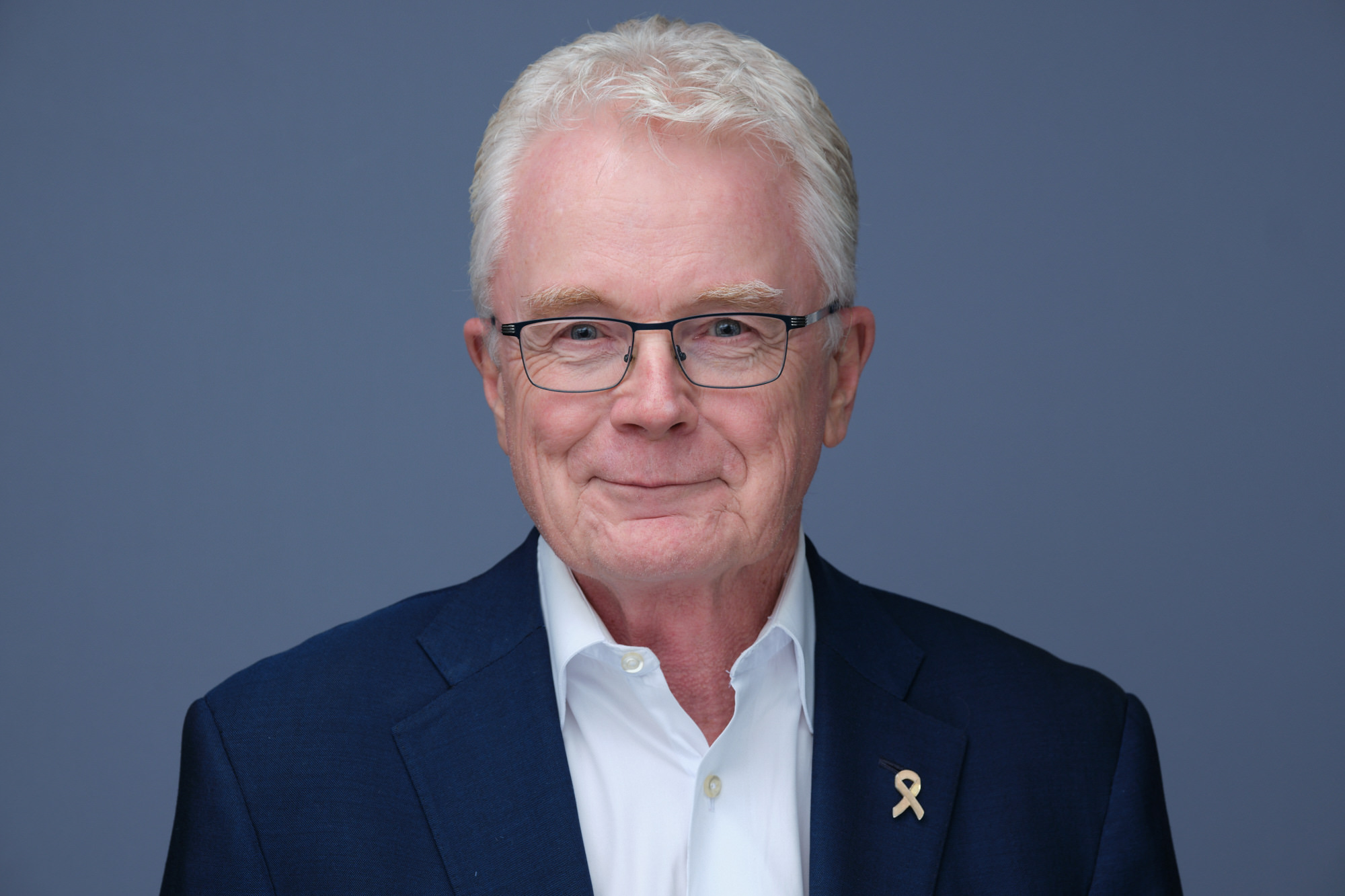
Kevin O'Connor
One of the popular workshops at NAMSS’ 48th Educational Conference & Exhibition this past fall was “Present Like a Pro.” The daylong session featured Certified Speaking Professional Kevin O’Connor, an executive coach and consultant specializing in physician leaders and healthcare executives, as the instructor.
O’Connor has fond memories of the experience, recalling, “‘Present Like a Pro’ was a session devoted to the two elements that are most useful in today's organizations: executive presence and presenting well to executives. Another title for it could have been ‘Never Be Boring!’ Anytime we are charged with presenting, from a 10-minute update to our team to a formal presentation to the board of directors or even a wedding toast or eulogy, there are specific skills that anyone can master.”
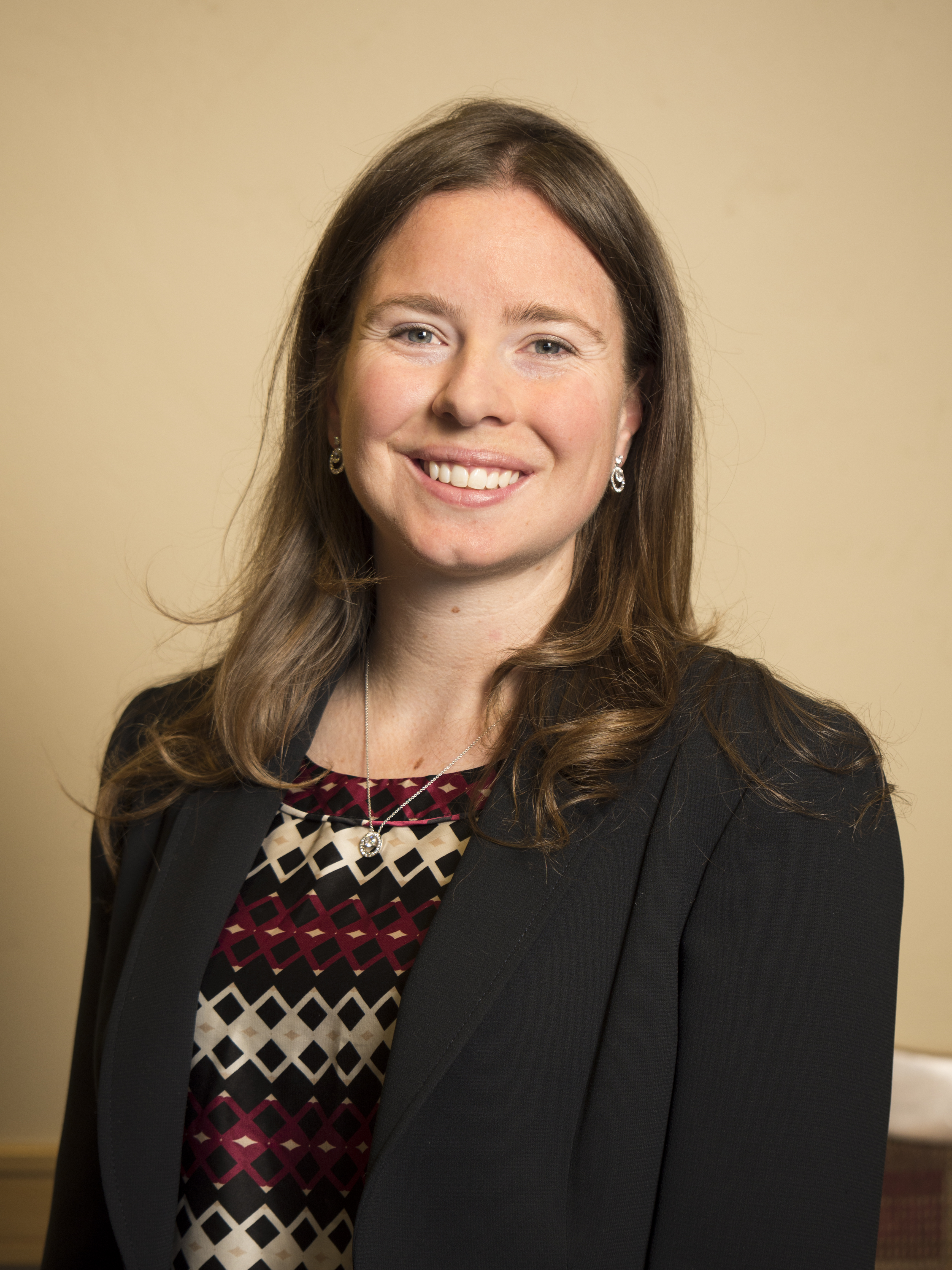
Holly Church
NAMSS members took the workshop for different reasons. Holly Church, senior director of medical staff services at the Intermountain Health not-for-profit healthcare system, says, “I saw it as an opportunity to build my skills and add tools to my toolbox to help equip me to not only be a better speaker, but also a better leader.
Renata McConico Demons, administrative director of medical affairs for the Shepherd Center in Atlanta, could relate. She says, “I found ‘Present Like a Pro’ appealing due to my desire to enhance my presentation and public speaking abilities. I am consistently contemplating ways to refine and elevate my presenting skills.”
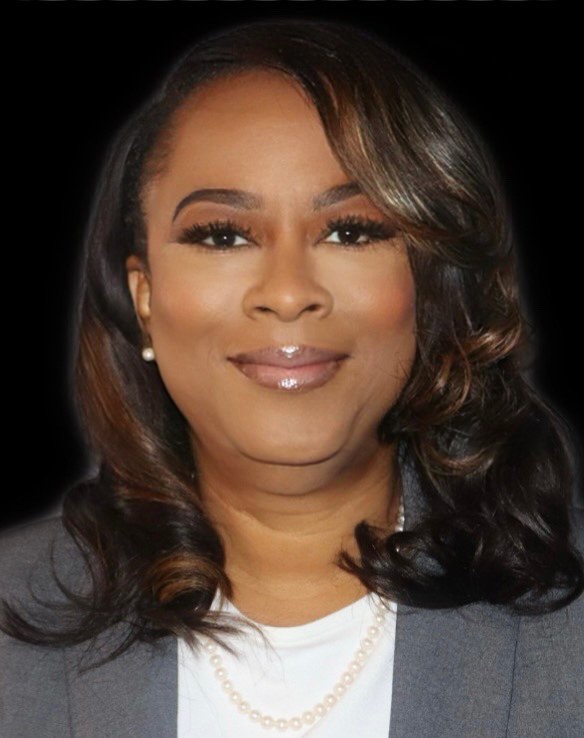
Renata McConico
Demons
Lissette Hayes, director of medical staff services at Adventist Health Clear Lake in California, echoed Church and Demons’ sentiments. She adds, “I was particularly attracted to the 'Present Like a Pro' session because I wanted to … gain more confidence when speaking in front of an audience. The session promised practical tips and techniques for engaging and impactful presentations, essential for my professional development. I was also motivated to attend because I received an invitation from the NAMSS Board, which was encouraging!”
Karen S. Reed-Coffman, director of medical staff services at Stormont Vail Health in Topeka, Kansas, also had a NAMSS connection in taking “Present Like a Pro.” As a newly elected Director at Large of the NAMSS Board, this session was provided to her as part of her training. The workshop was approved for seven NAMSS CE credits.
She states, “What prompted my interest in the session was several things. One was my self-awareness of my current presentation skill sets in all areas; on-on-ones, classroom settings, team building, or at conferences. Wherever and whenever an individual is speaking with another, you are presenting.”
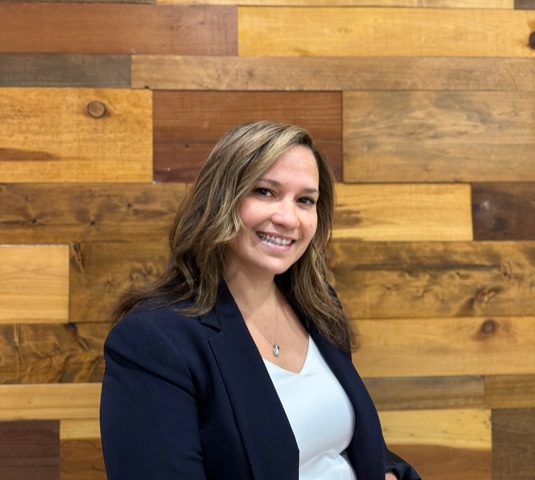
Lissette Hayes
O’Connor has offered this training for the NAMSS Board of Directors and instructors for several years now. He notes, “I teach them nationally about 60 times a year. I also teach five courses of graduate students and two with undergraduates at Chicago's Loyola University. In both of those roles, I'm working to help them acquire the skills of leadership and human connection in their day-to-day work.
What specific takeaways did O’Connor hope NAMSS members gained from his presentation in Denver last September? He was quick to note two primary ones: “The first is focus on the audience with excitement versus being nervous about oneself. Nervous is about me. Exciting is about them. Always, always focus on them. They came to hear you. You are the expert they want to hear. They want you to succeed. The second takeaway is related. Remind yourself that your message, regardless of its content, is vitally important. There is no such thing as boring material, only boring presenters. And none of us have to be that. Everyone can learn to present well!”
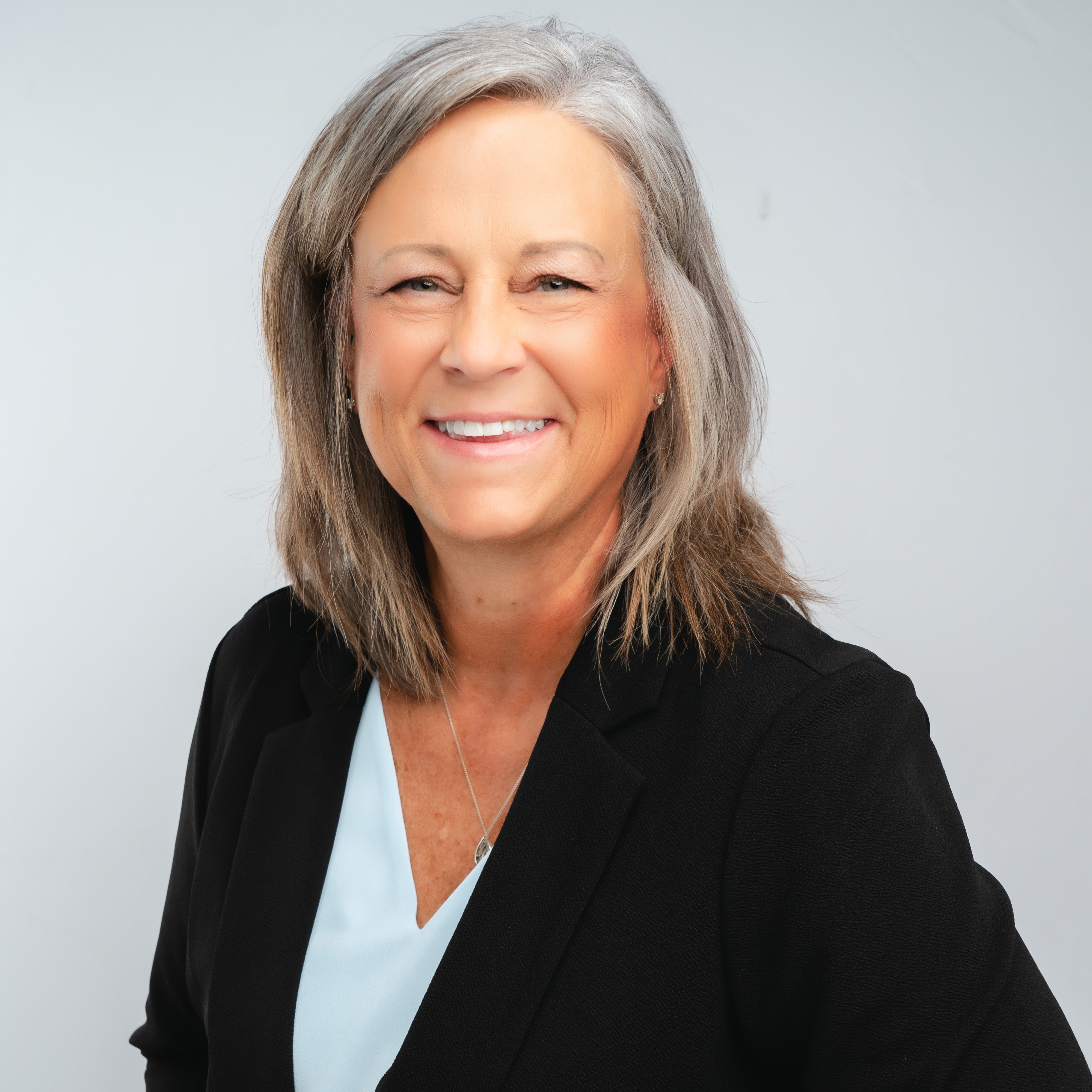
Karen Reed-Coffman
And what did our NAMSS members take away from “Present Like a Pro”? “The key takeaway, as stated by Kevin, is ‘prepare like crazy!’” Reed-Coffman answers. “Know the material and practice — not just once, but many times. Present to friends, family, or colleagues, and be receptive to feedback. They only want to see you succeed. Recording yourself is a great option to evaluate your presentation and modify specific areas.”
She continues, “It is key to know who your audience is as every presentation will be different, even when the material is the same, because each audience is different. Other takeaways include: Connect/engage with the audience; learning where to look and physical movement and presentation while presenting; have fun and enjoy yourself; and, finally, be able to adapt/pivot during the presentation.”
Demons replied, “The most significant insight I gained from ‘Present Like a Pro’ is the critical importance of recognizing that your brand is consistently on display. Whenever you speak, you are effectively presenting yourself, and there are always observers paying attention to you.”
Hayes adds, “One of my biggest takeaways from the 'Present Like a Pro' session was the importance of storytelling in presentations. I learned that weaving a compelling narrative can significantly enhance audience engagement and information retention. Another key takeaway was using body language and voice modulation to convey confidence and keep the audience's attention.” To this end, O’Connor had Hayes stand before the session’s other participants and tell a personal story about a past mission trip she attended.
Finally, for Church, her long-term takeaway is the camaraderie of the other NAMSS members she shared the “Present Like a Pro” experience with. “We had the opportunity to try out the skills we were learning by presenting to the class,” she says. “We had different backgrounds, different perspectives, different skills and abilities — yet we came together and shared our own experiences and knowledge while we all were trying to grow and learn together. It was really fabulous to be among some amazing people who also share the same passion as I — our profession. It was also neat to hear their personal stories that gave us a glimpse into how they became and were shaped into the person they are and how they got into our profession.”